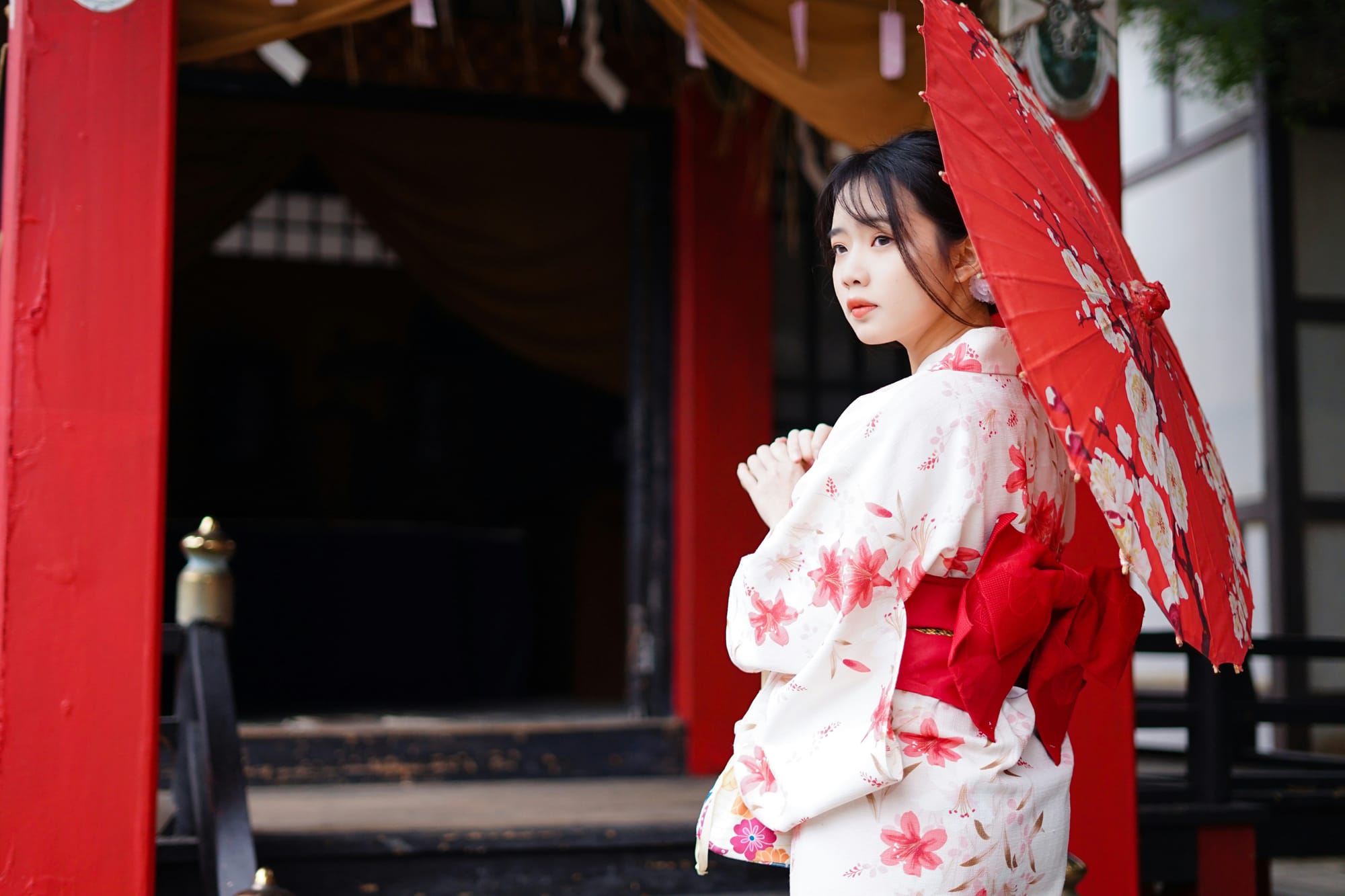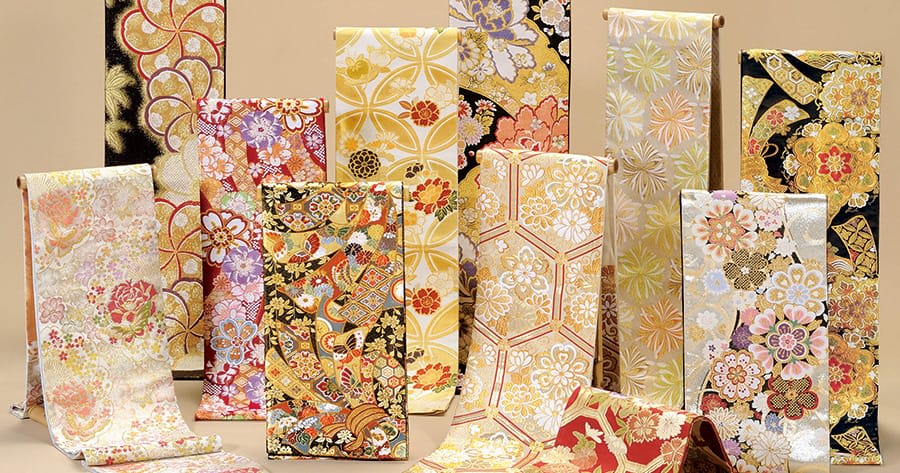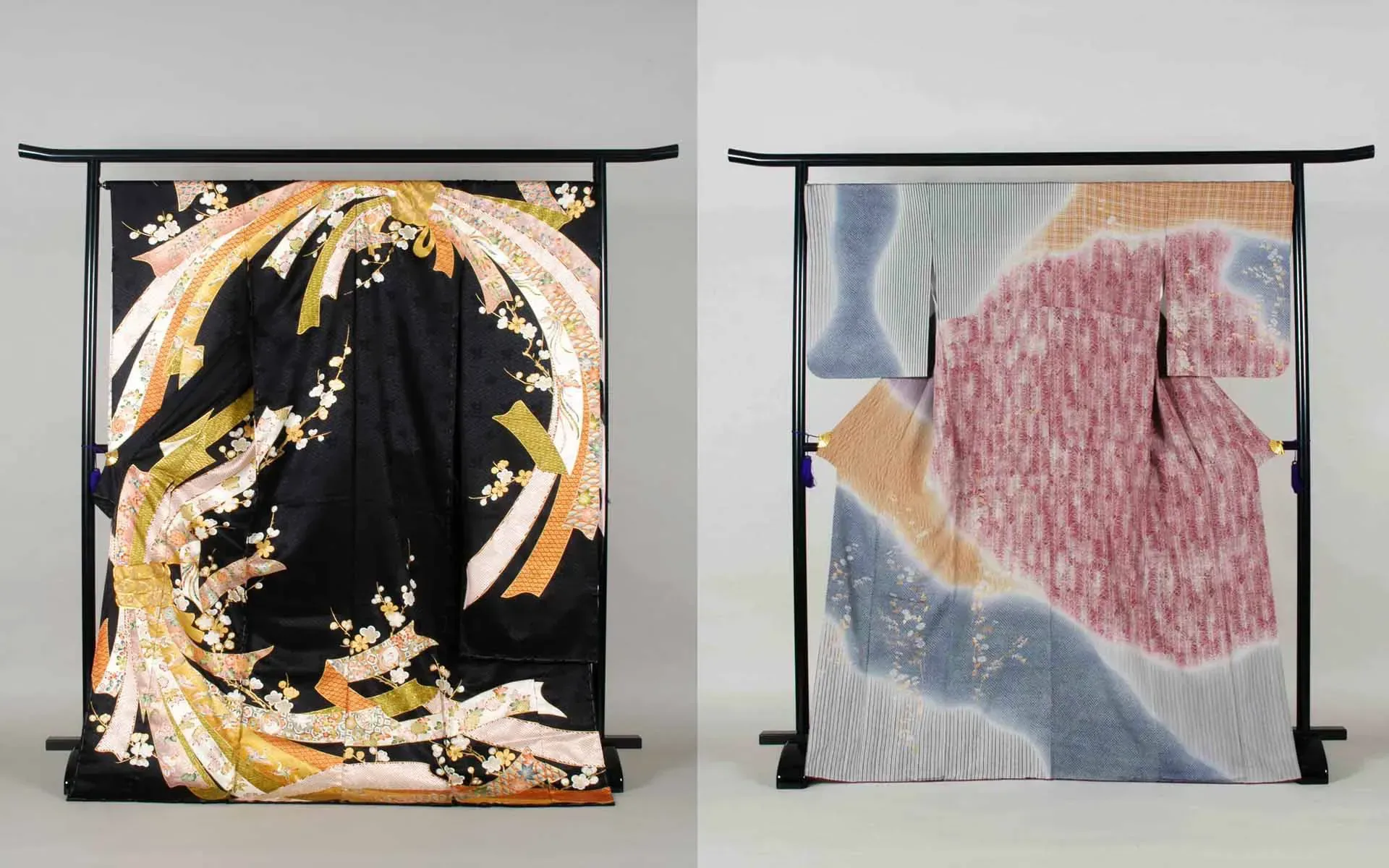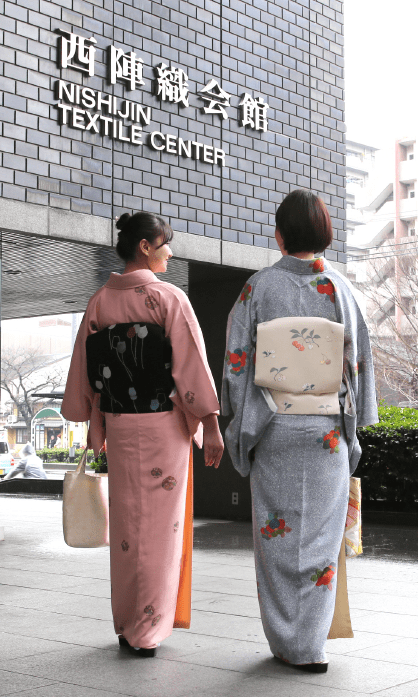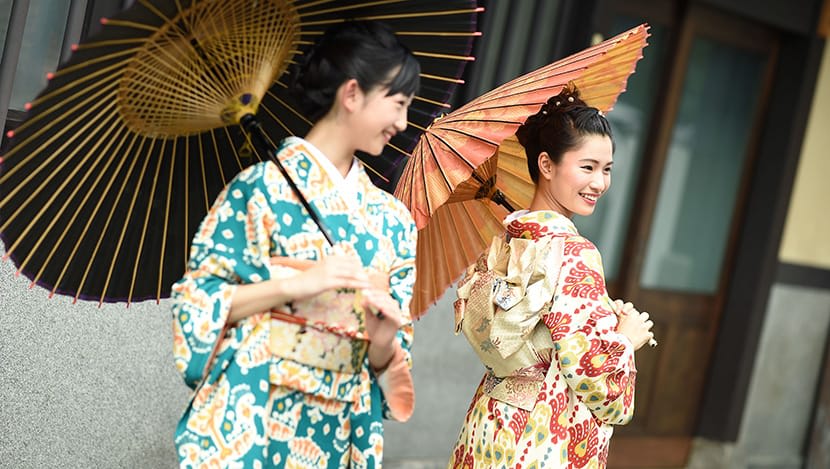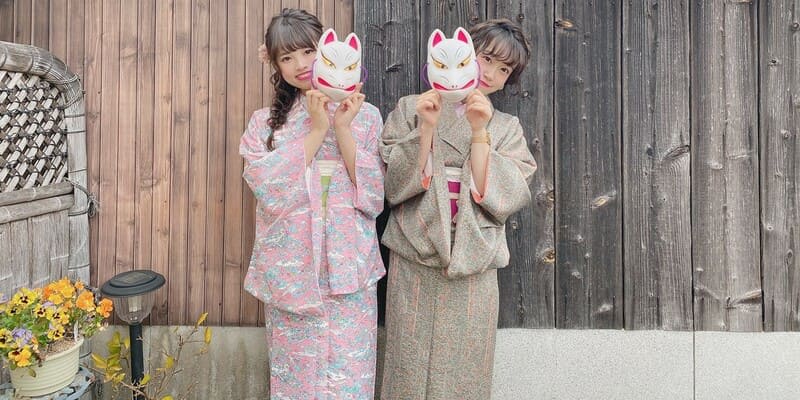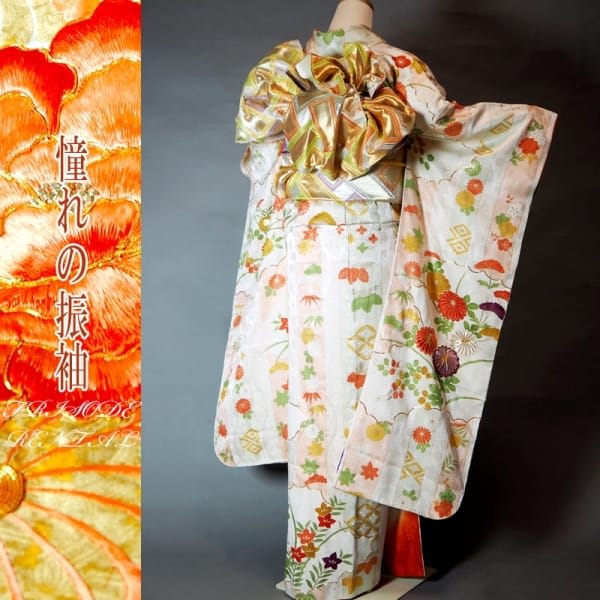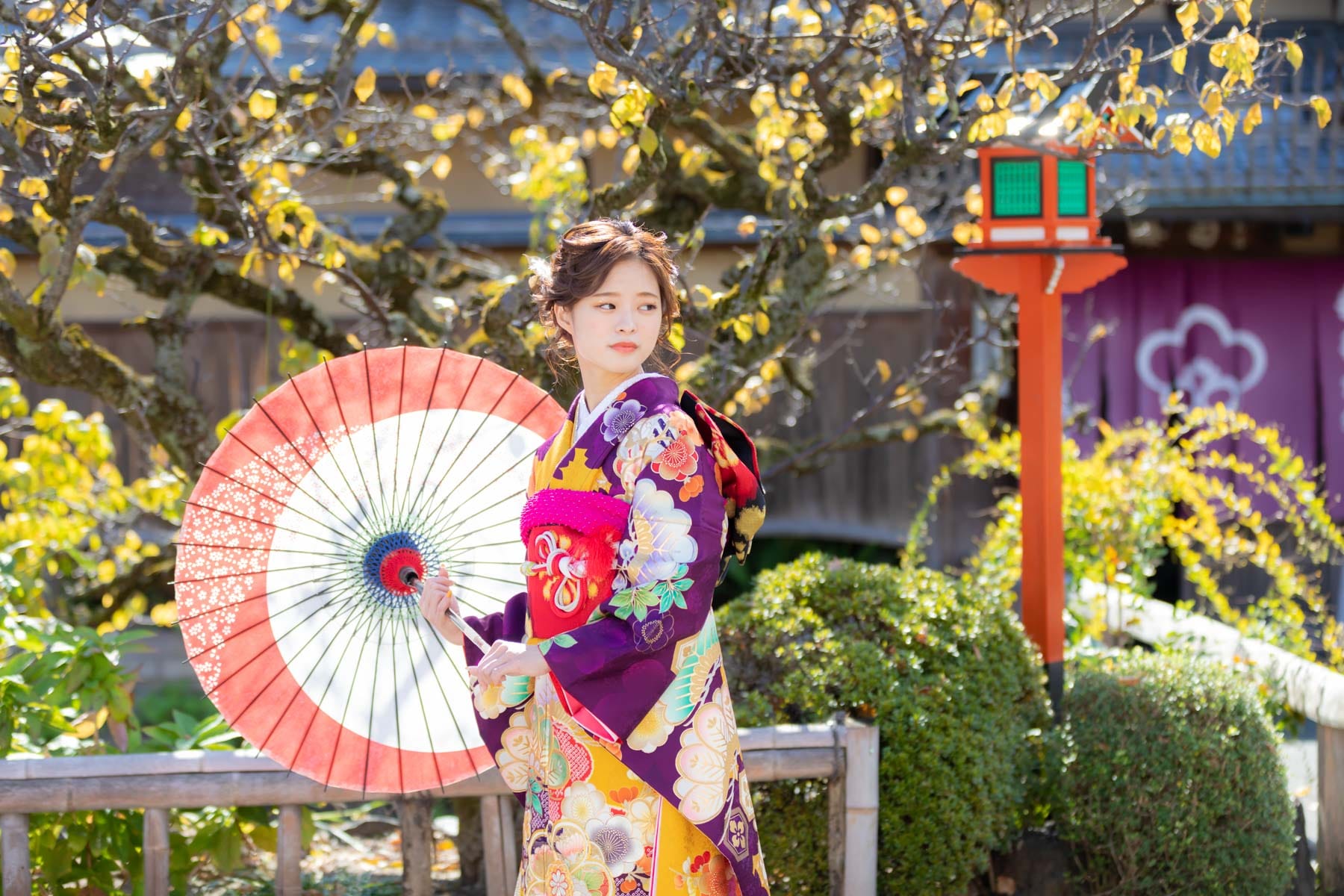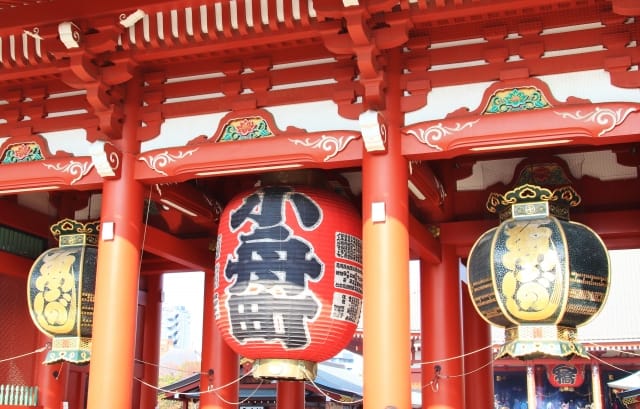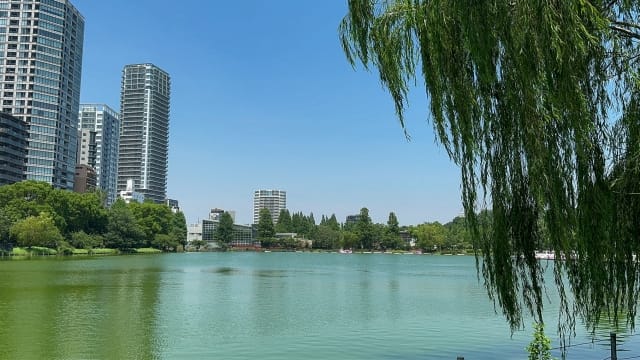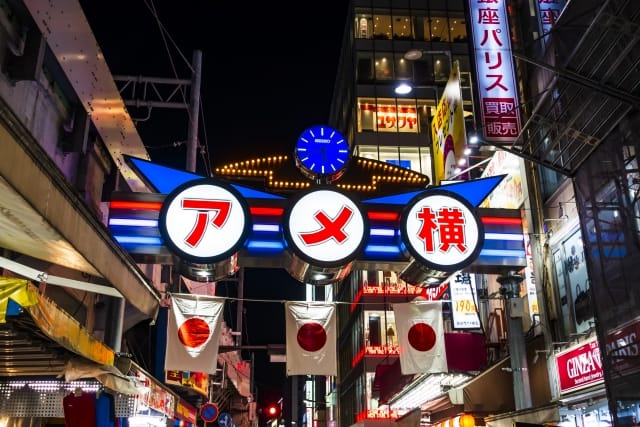Kyoto Traditional Fashion: Where to Dress Up in Kimono!
I visited Kyoto several times between August and October 2024. I'm updating this article to share the new charms of Kyoto I discovered and to recommend the latest spots worth visiting. In this update, I've also included the newest information about Kyoto for 2025.
Another reason for this update is the growing interest in tours that allow visitors to fully experience Kyoto's traditions and culture.
Due to Kyoto's deep history and traditions, first-time visitors often find it challenging to explore the city efficiently while gaining a deeper understanding. This has led to increasing popularity of guided tours like those offered by Magical Trip, where local guides help tourists navigate the city.
Notably, Magical Trip's tour, which was ranked No.1 among all tours on Tripadvisor in 2024, is experiencing high demand in 2025.

For those interested in Kyoto's traditions and culture, we recommend the following tours where you can experience authentic Kyoto tea ceremonies and Zen meditation:
• Kyoto Tea Ceremony & Kiyomizu-dera Temple Walking Tour
• Kyoto Zen Meditation & Garden Tour at a Zen Temple, including a traditional vegetarian lunch
If you love visiting shrines and temples, try the "Fushimi Inari Hidden Hiking Tour" to discover the hidden charms of Fushimi Inari Shrine.
Whichever tour you choose, it's sure to be an unforgettable experience!
Introduction
Kyoto was the residence of the Emperor for over 1,000 years. As the center of Japan, Kyoto not only houses historic shrines and temples but also deeply embraces the foundations of traditional Japanese crafts and arts.
Kyoto boasts many famous traditional crafts unique to the region. The number of nationally designated craft items is second only to Tokyo, the capital of Japan.
Among these is "Orimono" (weaving), which involves combining threads vertically and horizontally to create fabric. Kyoto's traditional weaving doesn't just produce cloth for clothing; it requires advanced techniques such as incorporating threads to depict vibrant flowers on the fabric. As such, "Orimono" is a traditional culture that has developed through fierce competition among artisans.
Kyoto is the birthplace of "Kimono," which is often associated with Japaneseness. Originally from the country of Go, it spread throughout Japan, centering on Kyoto. In this article, we'll introduce not only the traditional kimono unique to Kyoto but also information on renting kimonos for sightseeing, which is set to be a major trend in Kyoto fashion 2025.
Kyoto, the Birthplace of Japanese Kimono Culture, Has Many Unique Kimonos
As the birthplace of kimono culture, Kyoto has many traditional kimonos that have been passed down uniquely to the region. The techniques of weaving to create kimono fabric and dyeing to add color and decoration are traditional crafts that have developed uniquely in Kyoto.
These weaving and dyeing techniques are used not only for the kimono itself but also for the obi (sash) that is wrapped around the waist and abdomen to keep the kimono from opening in front. They are indispensable traditional techniques in kimono culture. Here, we'll introduce traditional kimono crafts representative of Kyoto.
Nishijin Ori: Called Wearable Art
Source: Kimono shanari
Nishijin Ori is one of Kyoto's traditional high-quality silk fabrics. It's called wearable art due to its dazzling appearance with colorful, elaborate patterns. It's particularly famous for its pale yellow fabric reminiscent of gold and its brilliant atmosphere with flowers and butterflies elegantly designed.
Nishijin Ori originated from artisans creating high-quality fabrics for the imperial court centered around the Emperor. From there, artisans voluntarily gathered to form a town bustling with weaving, leading to the development of high-level techniques by passionate craftsmen.
Moreover, Nishijin Ori encompasses 12 different varieties depending on the number of times and methods of weaving vertical and horizontal threads. Be sure to visit and see this traditional craft that interweaves colorful threads with traditional artisan techniques.
Kyo Yuzen: Filled with Subtle Elegance
Source: KIMONOTO
Kyo Yuzen is one of the "Yuzen dyeing" techniques where patterns are drawn on fabric with colored brushes. Specifically, Kyo Yuzen refers to the Yuzen dyeing that spread in Kyoto from the late 1700s.
Kyo Yuzen is characterized by its gorgeous patterns of colorful flowers and birds, and elegant designs with gold and silver foil decorations. The color gradation, where the center of the pattern is intense and gradually fades towards the edges, also evokes a subtle Japanese elegance.
Currently, Kata Yuzen, which uses stencils to dye multiple pieces at once, is the mainstream in Kyo Yuzen. Therefore, Tegaki Yuzen, where artisans color each piece by hand, is particularly valuable in modern times. While in Kyoto, be sure to check out Kyo Yuzen, which is filled with the delicate traditional techniques of Kyoto artisans.
Kyo Komon: Combining Elegance and Refinement
Source: Nakagawa-masashichi Shoten
Kyo Komon is a dyeing technique that uses stencils engraved with various patterns, layered multiple times to create diverse designs. Compared to Kyo Yuzen, Kyo Komon is characterized by its subdued tones of pale colors and delicate designs such as small floral patterns.
Kyo Komon originated from patterns used on the kimono worn by samurai. Initially, simple and elegant single-color dyes were mainstream, but influenced by the gorgeous and glamorous patterns of Kyo Yuzen, multi-color dyeing techniques also developed.
Moreover, Kyo Komon became widely popular when townspeople started wearing it as a fashion statement.
Kyo Yuzen, dyed by hand, and Kyo Komon, dyed using stencils, are traditional crafts that have developed while influencing each other. It's interesting to compare the differences in their designs and color schemes.
Kimono Rental is Recommended for Enjoying Kimono in Kyoto
Kimonos are known for being difficult to put on, with rules about how to wear them. This complexity is such that even Japanese beginners can't wear them correctly by themselves.
Therefore, it's rare for people to wear kimonos daily in modern times. Many people have kimono professionals dress them for special events like weddings and funerals. This makes kimonos even less suitable for daily use in foreign countries. Even if you find a favorite kimono, it's not practical to buy and take it home.
That's why kimono rental is extremely popular among foreign tourists. Not only can you wear a kimono, but you can also take photos, making it an unforgettable memory of your Japan trip. Some places even offer dream-like plans where you can sightsee while wearing a kimono. As we look forward to Kyoto fashion 2025, kimono rental is expected to remain a key part of the tourist experience.
Things to Know Before Renting a Kimono in Kyoto
Kimonos are not only complex to wear but also prone to coming loose. For example, since the kimono is secured by wrapping an obi around the waist and abdomen to prevent it from opening in front, taking large strides can pull the kimono and cause the obi to shift.
Also, zori, the traditional Japanese sandals worn with kimono, require careful walking to prevent them from slipping off, making them much more tiring than usual. To prevent the kimono from coming loose and to reduce foot fatigue, it's necessary to walk slowly with small steps, sliding your feet.
Kyoto's climate is hot in summer and cold in winter. In summer, it's reassuring to prepare for the heat with items like fans to create a breeze or parasols. In winter, prepare warm undergarments and leggings that reach the ankles for protection against the cold. However, as kimono-specific bags are often small, it's recommended to pack your belongings compactly.
Kyoto has various types of kimono rental shops, so choose according to your preferences and budget.
Recommended Kimono Rental Shops in Kyoto
Kimono Rental Shops Where You Can Borrow Traditional Kyoto Kimonos
Nishijin Ori Kogyo Kumiai
Source: Official website
At "Nishijin Ori Kogyo Kumiai," you can choose from over 150 types of kimonos and enjoy not only photo shoots but also sightseeing in Kyoto while wearing a kimono.
At "Nishijin Ori Kogyo Kumiai," you can experience not only regular kimonos but also Junihitoe and Sokutai worn by high-ranking nobles during the time when Kyoto was the capital, as well as Maiko costumes, famous for walking through Kyoto's streets in kimono.
While Junihitoe, Sokutai, and Maiko costumes are for in-house photography only, you can experience the ultimate Japaneseness that you can't find elsewhere. Enjoy seeing a new, "hannari" (elegant and gorgeous in Kyoto dialect) version of yourself.
- Address: 414 Tatekadomae-cho, Kamigyo-ku, Kyoto
- Business Hours: 8:30-17:00
[Kimono Rental] Nishijin Ori Kaikan 10:00-16:00
- Closed: Saturdays, Sundays, Holidays, New Year's Holidays
[Kimono Rental] Nishijin Ori Kaikan Mondays, New Year's Holidays
- Phone: Nishijin Ori Kogyo Kumiai 075-432-6131 / Nishijin Ori Kaikan 075-451-9231
- Official Website: https://nishijin.or.jp/
KIMONO-PRO JAPAN
Source: Official website
At "KIMONO-PRO JAPAN," you can choose your favorite kimono from a lineup of 100 types always available for photo shoots or sightseeing in Kyoto.
"KIMONO-PRO JAPAN" is characterized by using formal obi such as Nagoya Obi or Fukuro Obi. These are wider than the Hanhaba Obi used in casual settings, giving a more elegant appearance.
"KIMONO-PRO JAPAN" is about a 10-minute taxi ride from Kyoto Gyoen, where the Emperor once lived, and Nijo Castle, a popular tourist spot. Its excellent access allows you to enjoy sightseeing stress-free even in unfamiliar kimono.
Kyoto Gyoen and Nijo Castle are famous for their cherry blossoms, which symbolize Japanese spring, from late March to mid-April. Wearing a kimono with cherry blossoms in the background will give you the most Japanese-like photo possible.
- Address: 2F/3F/7F Kyoto Bukkoji Muromachi Building, 225 Itoya-cho, Shimogyo-ku, Kyoto
- Business Hours: 10:00-19:00
- Closed: Tuesdays, 1st Wednesday of the month, other scheduled closures
- Phone: 075-353-8800
- Official Website: https://kimono-pro.com/
- Official Instagram: https://www.instagram.com/kimonoprokyoto/
Kokusan Rental Kimono wakana
Source: Official website
At "Kokusan Rental Kimono wakana," you can experience kimonos made from 100% silk fabric called Shoken, dyed using traditional Kyo Yuzen. Shoken fabric is characterized by its beautiful lustrous appearance and smooth, comfortable feel.
"Kokusan Rental Kimono wakana" is also attractive for its good access to famous Kyoto tourist spots. It's about a 1-minute walk to Yasaka Shrine, where the famous Gion Festival is held, and about a 16-minute walk to Kiyomizu-dera, popular among foreign tourists.
Both Yasaka Shrine and Kiyomizu-dera are famous for autumn foliage. From late November to early December every year, the trees on the grounds are colored red and orange. Why not take a photo in a kimono against the backdrop of scenery that evokes the Japanese seasons?
- Address: 4F Moon Beauty Gion Building, 300 Gionmachi Kitagawa, Higashiyama-ku, Kyoto
- Business Hours: 9:00-18:00
- Closed: Unknown
- Phone: 075-532-0707
- Official Website: https://wakana-kimono.com/
- Official Instagram: https://www.instagram.com/kyoto_wakana7/
Kimono Rental Shops Where You Can Enjoy Kimono More Affordably
Gion Nishiki
Source: Official website
At "Gion Nishiki," you can choose from a wide variety of kimonos, from cute retro-style ones to sophisticated high-end ones. The Hanhaba Obi used to secure the kimono also comes in a range from simple single colors to those with beautifully complex designs. You're sure to enjoy coordinating the kimono and obi, as well as with kimono bags and other accessories.
"Gion Nishiki" has stores in Gion Main Store, Kyoto Station Front Store, Arashiyama Store, and Kiyomizu Store, all within walking distance of popular Kyoto tourist spots. Especially, the Kyoto Station Front Store is a 5-minute walk from Kyoto Station, making it recommended for those who want to sightsee in kimono. Take memorable photos at your favorite spots in Kyoto.
- Address and Phone Number
[Gion Main Store] 1F Fuki Building, 347 Gionmachi Kitagawa, Higashiyama-ku, Kyoto (TEL 075-708-2111)
[Kyoto Station Front Store] 2F Shichijo Karasuma Building, 98 Sakuragi-cho, Shimogyo-ku, Kyoto (TEL 075-746-3220)
[Arashiyama Store] 1-7 Arashiyama Nishiichikawa-cho, Nishikyo-ku, Kyoto (TEL 075-366-6188)
[Kiyomizu Store] 559-1 Yugyomae-cho, Higashiyama-ku, Kyoto (TEL 075-278-8226)
- Business Hours: 9:00-19:00
- Closed: Irregular
- Official Website: https://gion-nishiki.com/
- Official Instagram: https://www.instagram.com/gion_nishiki/
Kyoto Kimono Rental Rika Wafuku
Source: Official website
"Kyoto Kimono Rental Rika Wafuku" is popular among young people, offering student plans due to its affordable kimono experience. Of course, many adults use it too, and customers appreciate being able to choose from all the kimonos in the store regardless of the plan.
"Kyoto Kimono Rental Rika Wafuku" has four stores near Kyoto's tourist spots, making it very convenient for those who want to enjoy sightseeing in kimono. For example, it's a 5-minute walk from the Kiyomizudera Store to Kiyomizudera Temple, and a 4-minute walk from the Arashiyama Store to Togetsukyo Bridge, offering excellent access.
Since walking long distances in kimono can be burdensome, why not enjoy the kimono experience at a store near the tourist spot you want to visit?
- Addresses:
[Gion Store] 3F Gion Moriya Building, 7-1 Yamato-cho, Higashiyama-ku, Kyoto
[Arashiyama Store] 11-4 Sagatenryuji Tsukurimichi-cho, Ukyo-ku, Kyoto
[Kiyomizudera Store] 3-327-6 Kiyomizu, Higashiyama-ku, Kyoto
[Kyoto Station Front Store] 3F C Room, Tatsumi Building, 607 Higashi Shiokoji-cho, Shimogyo-ku, Kyoto
- Business Hours: 9:00-18:00
- Closed: Open all year round
- Phone: 050-3204-4859
- Official Website: https://ewha-yifu.com/
- Official Instagram: https://www.instagram.com/rikawafuku_kyoto/
Kyoto Kimono Rental and Yukata Rental Kyoetsu
Source: Official website
At "Kyoto Kimono Rental and Yukata Rental Kyoetsu," you can enjoy not only elegant orthodox kimonos but also kimonos with lace decorations on pastel-colored fabrics, yukatas, and various other types of kimono.
Yukata doesn't require wearing kimono undergarments, and you can wear zori or geta (traditional Japanese wooden sandals) barefoot, making it more casual than kimono. While kimono is worn on formal occasions, yukata is famous as a summer tradition, often worn at festivals and fireworks displays.
Kyoto has many shrines, so there are many festivals throughout the year to thank the gods enshrined in the shrines. Near the stores of "Kyoto Kimono Rental and Yukata Rental Kyoetsu," festivals are held at places like Yasaka Shrine and Kiyomizudera Temple, making it ideal for enjoying events in kimono or yukata.
- Address and Phone Number:
[Kiyomizu Store] 4-190-3 Kiyomizu, Higashiyama-ku, Kyoto (TEL 075-585-4766)
[Kawaramachi Store] 456-25 Tenma-cho, Shimogyo-ku, Kyoto (TEL 075-341-2477)
[Arashiyama Store] 6-1 Sagatenryuji Tsukurimichi-cho, Ukyo-ku, Kyoto (TEL 075-873-0255)
- Business Hours: [Kiyomizu Store] 8:30-18:30 / [Kawaramachi Store] [Arashiyama Store] 9:00-18:30
- Closed: Open all year round
- Official Website: https://kyoetsu-gion.com/
- Official Instagram: https://www.instagram.com/kyoetsu_gion/
The Best in Kyoto! Kimono Rental Shops Where You Can Experience Exquisite Kimonos
Kyobana PREMIUM Princess Plan
Source: Official website
The "Kyobana PREMIUM Princess Plan" offers the highest-grade kimono rental in Kyoto. Usually, kimono rental fees are typically around 4,000 to 6,000 yen per person, rarely exceeding 15,000 yen even for high-end options. In contrast, this plan costs a surprising 220,000 yen per person.
As befits its high price, you can actually wear kimonos that are rarely seen even in Japan, let alone Kyoto, such as Kyo Yuzen made with Shoken (100% silk luxury fabric) and Homongi (kimono with continuous patterns from shoulder to hem) crafted by artisans who serve the imperial household.
Shoken Homongi is characterized not only by its smooth, gentle feel but also by its elegant appearance with pale-colored flowers adorning a wide area of the lustrous fabric. If you're going to rent a kimono in Kyoto, the home of kimono, why not have a special experience with the highest-grade kimono?
- Address: 341 Gokuraku Ishicho, Shimogyo-ku, Kyoto
- Business Hours: 9:00-18:00
- Closed: Irregular
- Phone: 090-3895-2200
- Official Website: https://www.kyobana.jp/
- Official Instagram: https://www.instagram.com/kyoto.kyobana/
Yumeyakata Luxurious Furisode Rental and Location Shooting Plan
Source: Official website
The "Yumeyakata Luxurious Furisode Rental and Location Shooting Plan" is a package that includes furisode rental, hair styling, and photo shoots around Kyoto.
Furisode is a kimono with long sleeves adorned with gorgeous patterns. In Japan, there's a custom of wearing furisode and taking photos to celebrate coming of age. I actually wore furisode when I turned 20, so it's a familiar and special garment for Japanese people.
Furisode is characterized by its countless colors and patterns. The atmosphere changes depending on the combination with the obi color, so it requires a sense of coordination. For example, red or pink gives a cute impression, while purple or black creates a more mature look.
Because furisode worn on special days is expensive, this plan costs 80,000 yen, which is on the high end for kimono rentals. However, this plan includes a photo shoot by an experienced photographer. Special photos that can only be taken in Kyoto will become unforgettable memories of your Japan trip.
- Address: Hosai Building, 353 Shiogama-cho, Shimogyo-ku, Kyoto
- Business Hours: 10:00-17:30 (Last entry 16:00)
- Closed: 12/31-1/3
- Phone: 075-354-8515
- Official Website: https://www.kyoto.yumeyakata.com/
- Official Instagram: https://www.instagram.com/yumeyakata_kimono/
